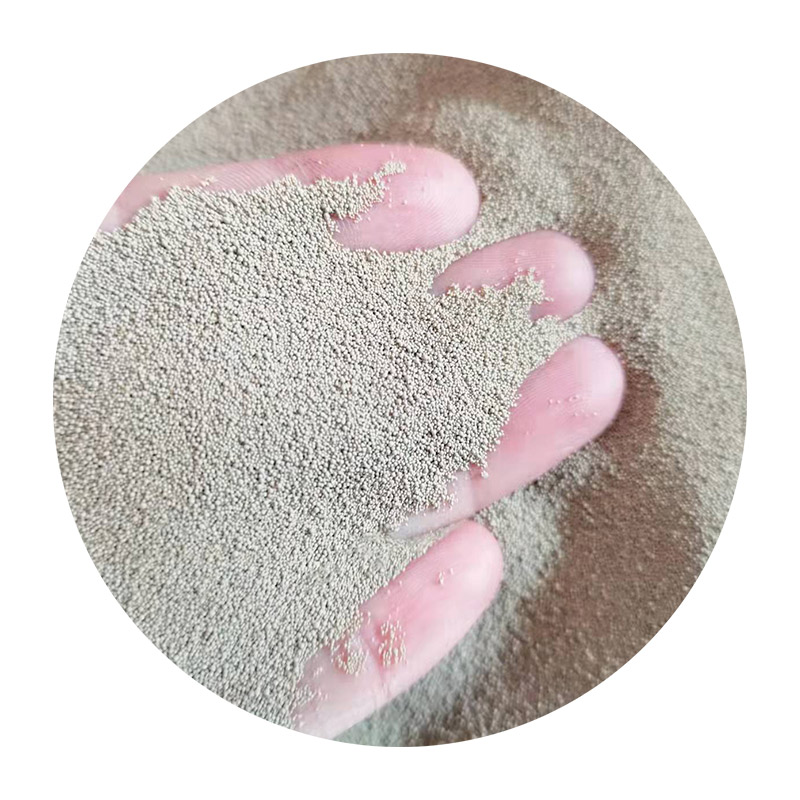Sand for Resin A Perfect Blend for Art and Industry
The fusion of sand and resin has opened up new avenues in art, construction, and various industrial applications. This unique combination leverages the natural characteristics of sand—its texture, color, and durability—while benefiting from the versatility of resin, a synthetic polymer that can be molded into innumerable forms. Understanding how to properly utilize sand for resin can greatly enhance the quality and effectiveness of a project, whether it's for artistic endeavors or industrial purposes.
The Role of Sand in Resin Projects
Sand serves multiple functions when mixed with resin. First and foremost, it acts as a filler material, providing bulk and reducing the amount of resin needed for a project. This can lead to economic benefits, as resin can be expensive and in high demand. By using sand in larger quantities, artists and manufacturers can achieve cost savings while maintaining structural integrity.
Moreover, sand can enhance the aesthetic appeal of resin. With a range of colors and textures, adding sand can create interesting visual effects, from smooth, glossy finishes to rugged, natural appearances. For artists, this creative freedom is invaluable; the ability to incorporate different types of sand—fine, coarse, colored, or even mineral-rich variants—allows for endless possibilities in design.
Choosing the Right Sand
When selecting sand for resin projects, it's essential to consider several factors. The grain size plays a critical role; finer sand can create a smoother finish, while coarser sand can provide a more textured surface. Artists often experiment with blends of different grain sizes to achieve the desired look and feel.
Additionally, the color of the sand is vital. Natural sand can range from white to various shades of brown, black, and even vibrant colors found in specific locations. Colored sands, often used in decorative pieces, can give an intriguing aspect to the finished product, enhancing visual interest and depth.
Another important aspect to consider is the composition of the sand. Some sands may contain minerals that can affect the performance of the resin, potentially leading to discoloration or other adverse effects. It is advisable to conduct small tests to ensure compatibility between the sand and the selected resin type.
sand for resin

The Mixing Process
Combining sand and resin requires careful attention to ratios and mixing techniques. A typical ratio is about one part sand to two parts resin, but this can fluctuate based on the project's requirements. It’s paramount to mix the two components thoroughly to ensure uniform distribution, which enhances both the strength and appearance of the final product.
When incorporating sand into resin, it is essential to work in a well-ventilated area while using proper safety gear, such as gloves and masks. The fumes from resin can be harmful, and protecting oneself is crucial during the mixing and curing process.
Applications in Art and Industry
The artistic community has widely adopted the sand and resin combination, which is particularly popular in making functional art pieces like tables, coasters, and sculptures. Artists frequently use this medium to capture natural elements, such as seashells or pebbles, within translucent resin, creating stunning visually appealing designs.
In the industrial sector, sand and resin are integral in producing composite materials. These composites demonstrate high strength and durability, making them suitable for use in creating molds, parts in automotive manufacturing, and even in construction materials. The ability to tweak properties like rigidity and thermal resistance by adjusting the resin-sand ratio is particularly valuable in developing innovative materials tailored for specific applications.
Conclusion
The integration of sand into resin projects has transformed both artistic and industrial practices. Its ability to enhance aesthetics, provide bulk, and create varied textures presents a myriad of opportunities. As artists and manufacturers continue to explore this blend, we can expect to see continued innovation and creativity in how we use materials to express ideas, create functional objects, and push the boundaries of design. With an awareness of the right types of sand and meticulous mixing processes, anyone can harness the full potential of sand and resin, contributing to a growing trend that celebrates both nature and modern technology.
Post time:ئۆكتەبىر . 05, 2024 02:51
Next:Innovative Techniques in Lost Foam Sand Casting for Enhanced Metal Fabrication Efficiency
